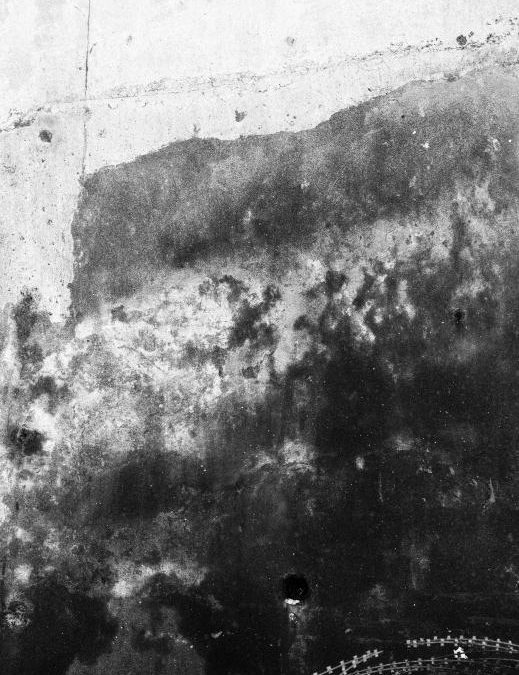Lake Forest Plumbers say, mold is a by product of the breakdown of organic matter, such as plants, wood, and even food and certain beverages.
The problem posed to humans by mold is their pollutants, which can be released into the air and land on damp surfaces indoors, where they are going to continue growing, if the conditions are not right.
Leaking growth left unaddressed can quickly spread and result in damage to the structure of a home.
More importantly, mold can compromise the respiratory health of susceptible individuals.
Licensing or Certification Requirements – Lake Forest Plumbers
Lake Forest Plumbers say, before embarking on training as a way to offer mold testing services, make sure you consult a state for the requirements for certification or certification.
Some states that require home inspectors to be licensed also require mold inspectors or assessors to become licensed.
However there are also states that don’t require home inspectors to be licensed but do require mold testers to become licensed.
The scope of a mold inspection demands particular understanding of HVAC systems, roofs, the surface, and plumbing systems.
Something In The Air
Lake Forest Plumbers say, musty smells, moisture intrusion via a roof or plumbing leak, and even signs of supposed mold can warrant a mold inspection.
Once mold gets a foothold, it cannot always be completely eradicated, so the very best cure is avoidance.
Homeowners must be vigilant about assessing for leaks both indoors and out, and making sure their home is free of conducive conditions — the main culprit water.
For instance, firewood stacked against the face of the house can retain moisture from dew, rain and snow.
Fixed Leaks Quickly
Humidity and moisture should be controlled by making sure appliances such as the clothes dryer and dishwasher, are vented properly, and that the vents themselves are operating as they should.
Windows are another place more likely to mold growth if the frames are now old and damaged, and also the seals on the panes have failed.
Basements and crawlspaces are notorious breeding grounds for mold, especially if they’re used for storage, the windows are old or damaged, and/or the area adventures occasional flooding.
For industry insights, announcements, and tips, make sure to follow our blog at: olsonsuperior.com/blog


